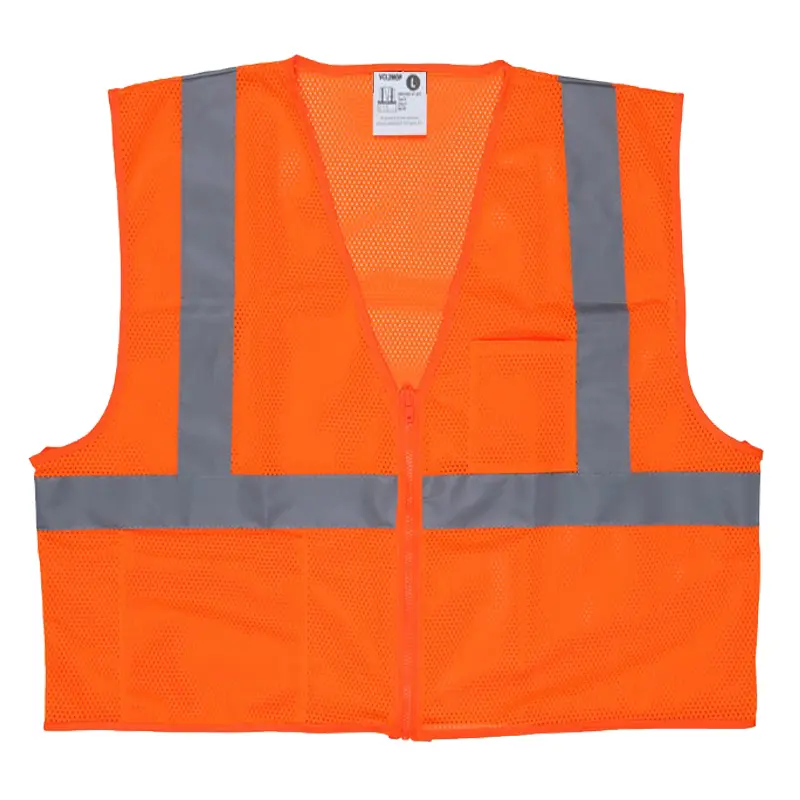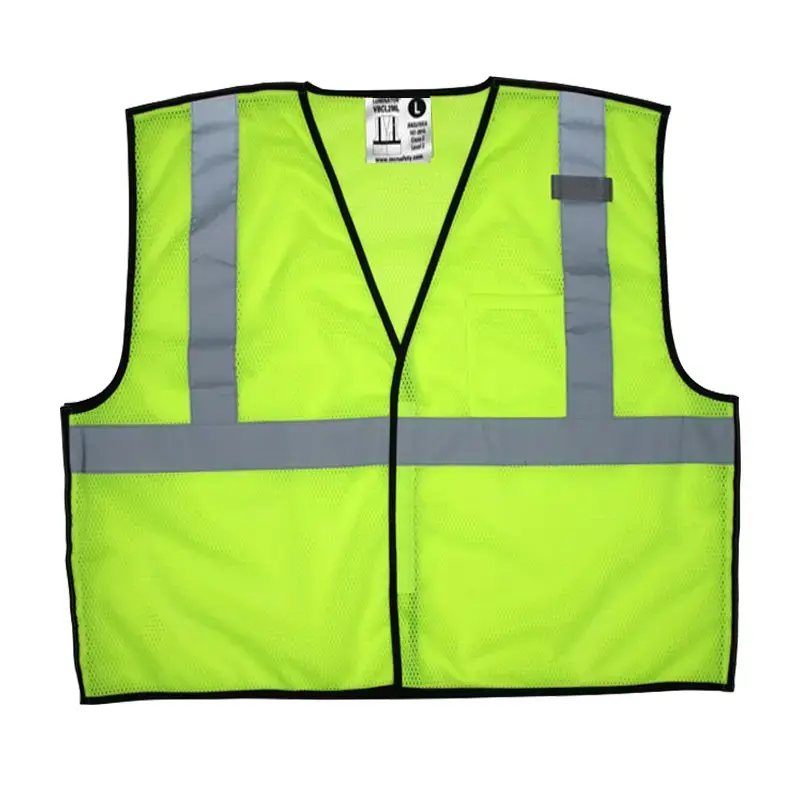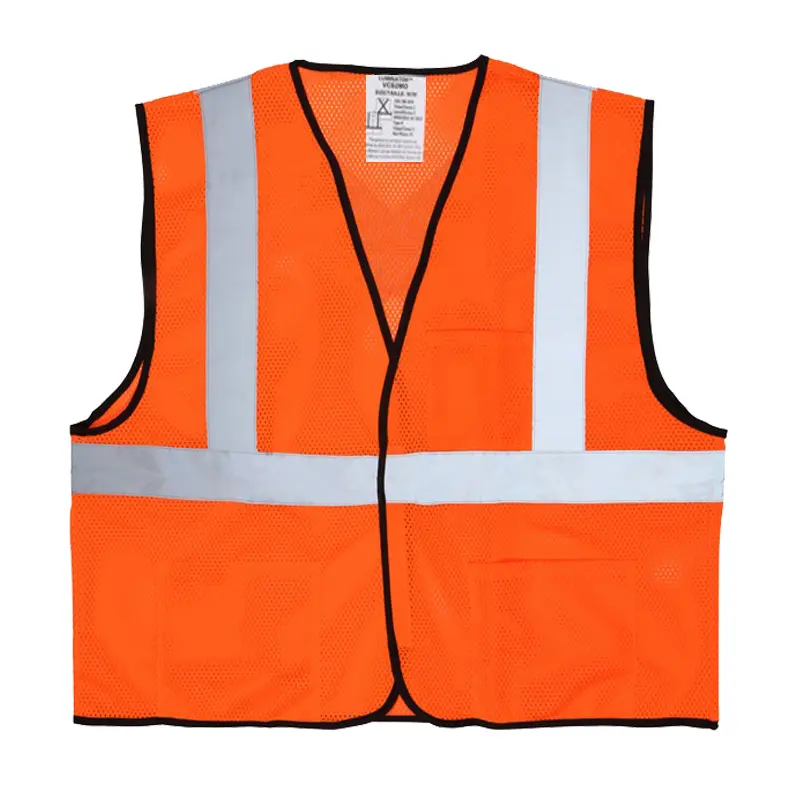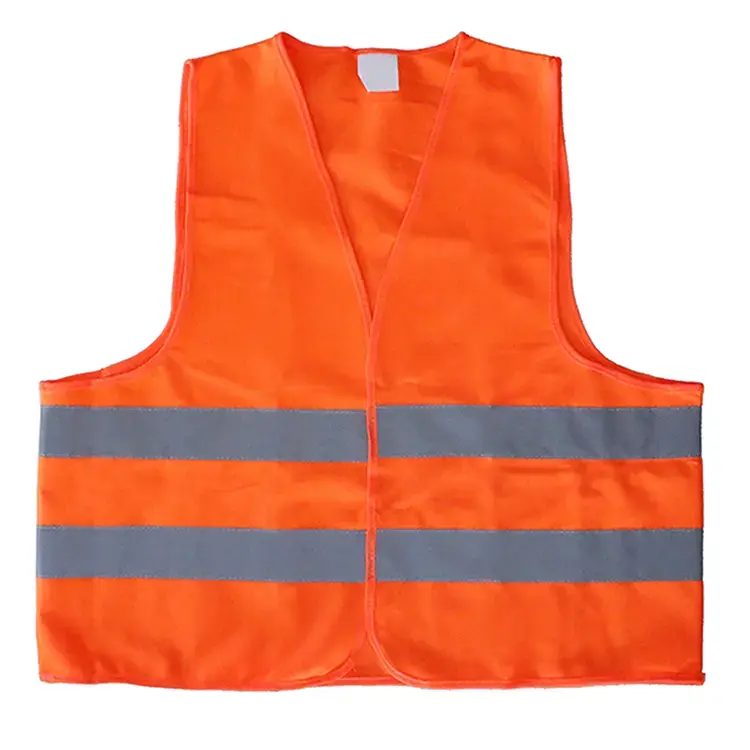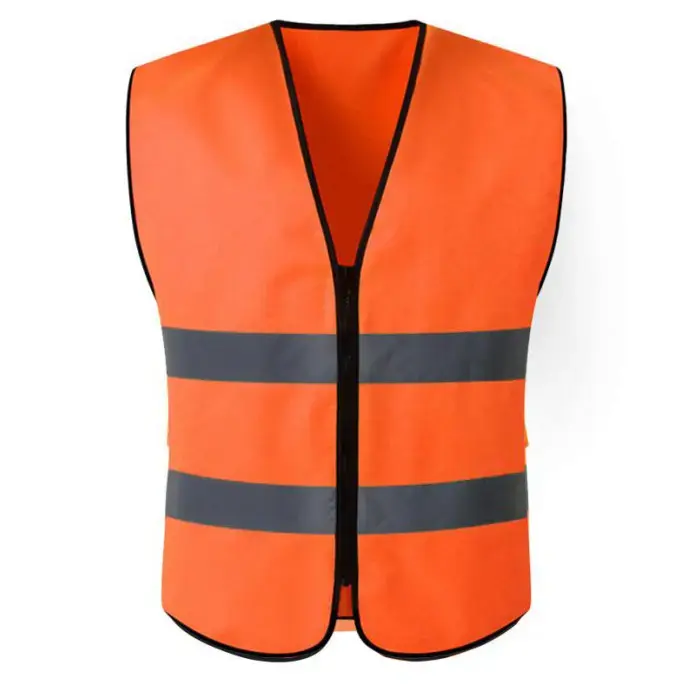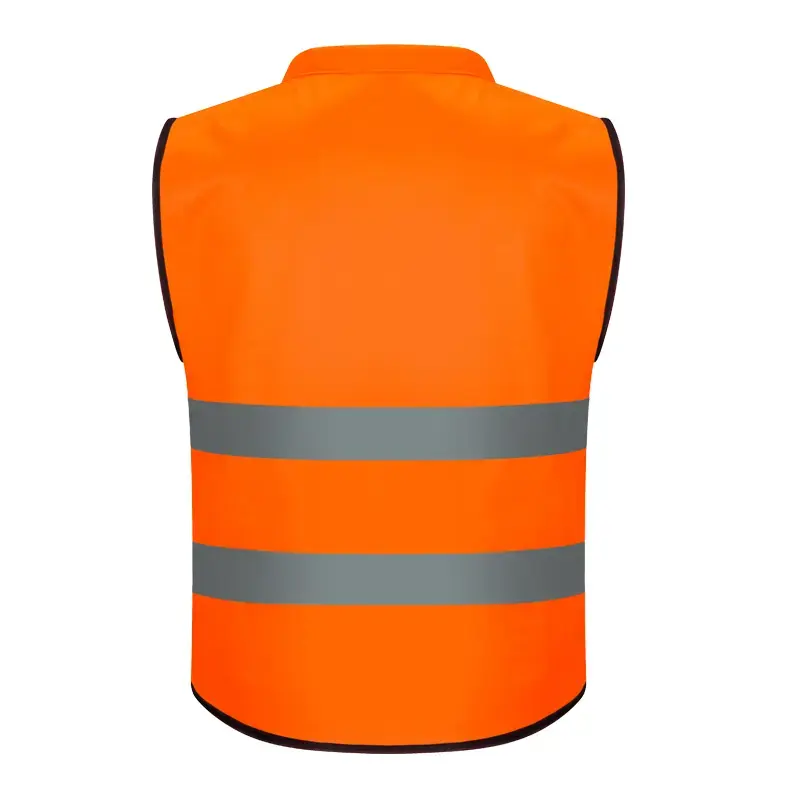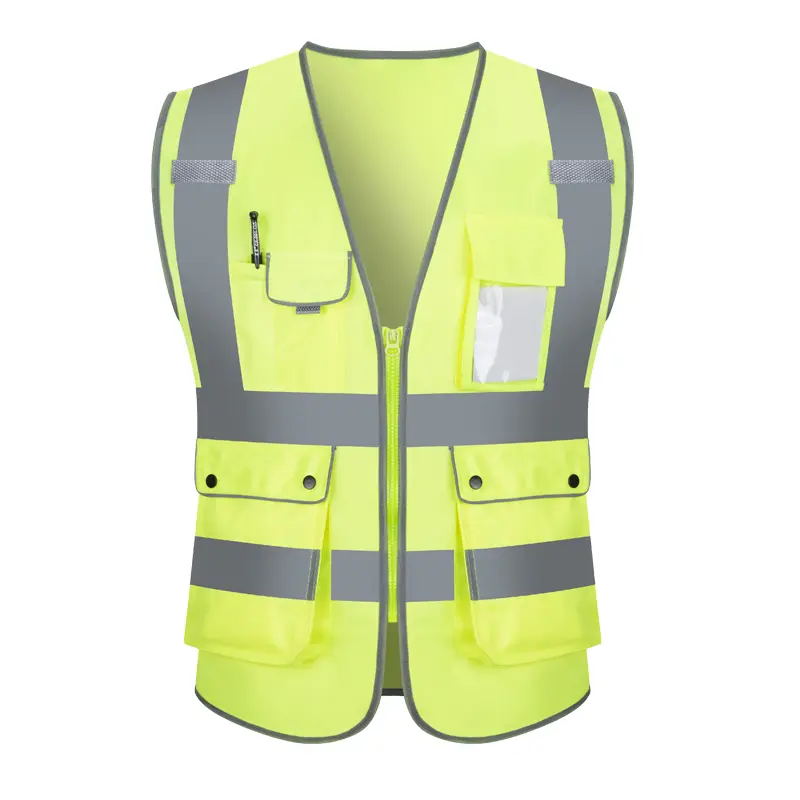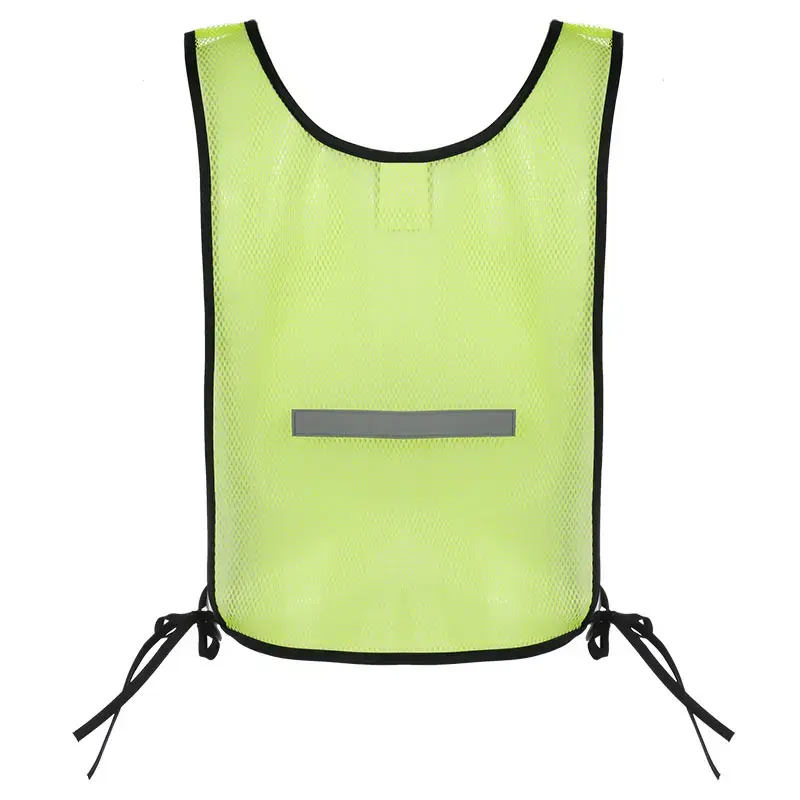How to evaluate the production capacity of reflective vest suppliers?
How to evaluate the production capacity of Reflective Vest suppliers?
Introduction
In today's global market, reflective vests, as an important safety equipment, have a wide market demand. For international wholesale buyers, it is crucial to find a reflective vest supplier with reliable production capacity. Production capacity is directly related to many key factors such as product quality, delivery time and cost-effectiveness. Therefore, evaluating the production capacity of suppliers has become a core link in the purchasing decision-making process.
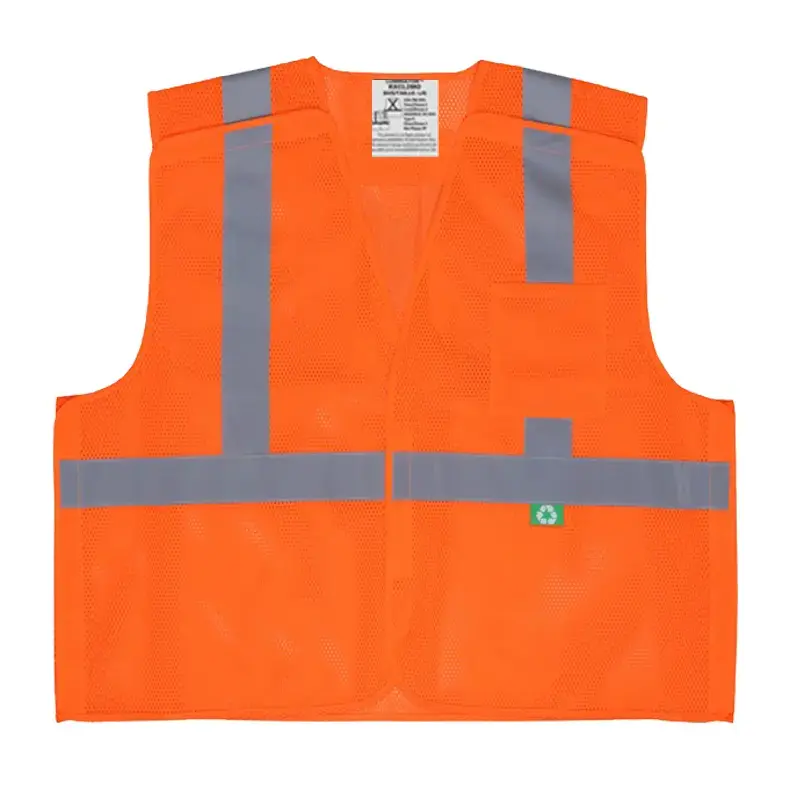
1. Qualification certification: the basis for producing qualified products
Quality management system certification: ISO 9001 quality management system certification is the primary consideration for evaluating the production basis of suppliers. Suppliers who have passed this certification indicate that their production processes are standardized, which can ensure that every link from raw material procurement to finished product delivery meets strict quality requirements, thereby ensuring product stability and consistency.
Product standard certification: EN ISO 20471 (European standard) or ANSI/ISEA 107 (American standard) certification is an important sign that reflective vests meet international safety standards. This means that the reflective vests produced by the supplier have reached international advanced levels in terms of reflective performance, color, design, etc., and can meet the market access requirements of different countries and regions.
Occupational Health and Safety Management System Certification: Such as OHSAS 18001 certification, which reflects the supplier's attention and protection of employee health and safety. A good production environment not only helps to improve employee work efficiency, but also reduces the risk of safety accidents in the production process, thereby ensuring the continuity and stability of production.
2. Material technology: the key to determining product quality and performance
Reflective material technology: High-quality reflective vests usually use micro-prismatic reflective technology, and its reflective intensity can reach more than 5 times that of ordinary glass micro-bead materials. Advanced reflective materials can ensure that reflective vests can provide excellent reflective effects in various harsh environments, such as night, rainy days, foggy days, etc., and effectively protect the safety of the wearer.
Base fabric material selection: Polyester fiber and spandex blended fabric is a common high-quality base fabric material, which can not only ensure the durability of the reflective vest, so that it can withstand long-term friction, stretching and washing, but also has good breathability, so that the wearer can stay comfortable during work and reduce the discomfort caused by wearing non-breathable clothing for a long time.
Sewing process level: Although the three-needle and five-thread sewing process increases the cost, it can significantly improve the strength of the seams. Strong seams are not easy to crack or loosen, ensuring the overall structural stability of the reflective vest and extending the service life of the product. In addition, the fine sewing process can also reflect the supplier's attention to product details and reflect its strict requirements for product quality.
3. R&D capabilities: the driving force to continuously meet market demand
Ratio of R&D investment: In the field of reflective materials, real leading companies will invest 5%-8% of sales in R&D each year. Continuous R&D investment shows that suppliers attach importance to technological innovation and can continuously explore new materials, processes and technologies to improve product performance and quality and meet the market's growing and diversified demand for reflective vests.
R&D directions and results: The directions of innovation include improving wet reflective performance to improve visibility in humid environments such as rainy days; developing machine-washable and durable materials to extend the service life of products; integrating temperature regulation functions to enhance wearing comfort, etc. For example, the latest photoluminescent vest launched by a European brand absorbs light during the day and emits light at night, which solves the limitation of traditional reflective materials relying on external light sources, and reflects the supplier's innovative ability in R&D and keen insight into market trends.
Customization capability: Suppliers with independent R&D capabilities are often able to provide customized reflective vest solutions according to the special needs of customers. For example, anti-static reflective clothing is provided for the petrochemical industry, and warm reflective jackets are provided for extremely cold areas. This customization capability can not only meet the specific needs of different industries and customers, but also reflect the technical strength and market competitiveness of suppliers.
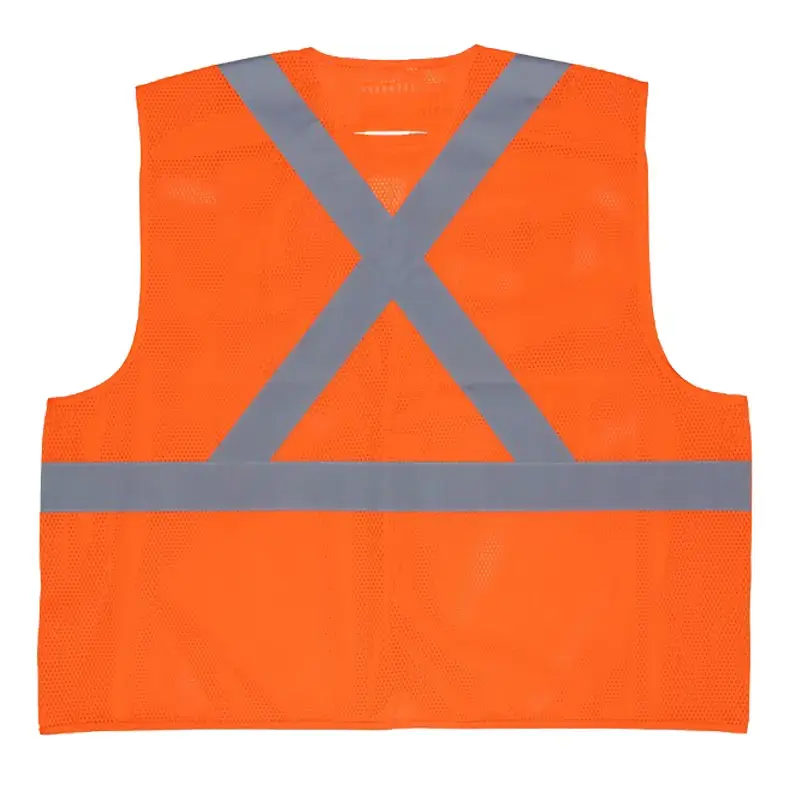
4. Production management: ensuring production efficiency and product quality
Manufacturing execution system (MES): Modern reflective vest factories generally introduce MES manufacturing execution system to achieve full process traceability from cutting to finished products. Through this system, suppliers can monitor and manage each link in the production process in real time, promptly discover and solve problems in production, and ensure production progress and product quality. Each product has an independent number, and detailed information such as specific production time, operator number, quality inspection records, etc. can be queried, which improves production transparency and management efficiency.
Production process optimization: An efficient production process is the key to improving production efficiency and reducing costs. Suppliers should continuously optimize production layout, equipment configuration and personnel arrangement to reduce waste and delays in the production process. For example, use automated cutting equipment and sewing machines to improve production speed and accuracy; arrange production plans reasonably to avoid overproduction or underproduction.
Quality control system: Establish a complete quality control system, including raw material entry inspection, process inspection, and finished product full inspection to ensure that each batch of products meets quality standards. Testing equipment includes not only basic photometers and color fastness meters, but also environmental simulation test boxes for accelerated aging tests such as weather resistance and abrasion resistance. A German brand implements a "36-hour salt spray test", which far exceeds the industry's 24-hour standard. This strict testing standard can effectively guarantee the quality and reliability of the product.
5. Testing system: a key link in verifying product quality and safety
Raw material testing: Strictly test raw materials such as reflective materials, base fabrics, and auxiliary materials to ensure that their quality meets the requirements. Including the reflective performance of reflective materials, the physical properties of base fabrics, the safety and durability of auxiliary materials. Only qualified raw materials can be put into production to ensure the quality and performance of the final product.
Process testing: During the production process, regular inspections and random inspections are carried out to promptly discover and correct quality problems in production. For example, check the accuracy of cutting size, the standardization of sewing process, the firmness of the adhesion of reflective materials, etc. Through strict control of the production process, ensure that each product can meet the expected quality standards.
Finished product testing: A comprehensive test of the reflective vests produced, including reflective performance, color, size, appearance, wear resistance, washing resistance and other aspects. Only products that have passed strict testing can be sold from the factory to ensure that users can buy safe, reliable and qualified reflective vests.
Testing laboratory independence: Responsible manufacturers will maintain the independence of the testing laboratory and will not accept special releases. This means that the test results are not interfered with by the production department and other stakeholders, and can truly and objectively reflect the product quality status. The purchaser should pay attention to the independence and professionalism of the supplier's testing laboratory to ensure the credibility of the test results. At the same time, there is a chaos in the market of "qualified for inspection, unqualified for batches". The purchaser should insist on surprise inspections and even on-site supervision to ensure that the testing system is true and effective and effectively guarantee product quality.
6. Service system: an important factor in improving customer satisfaction and loyalty
Pre-sales service: including providing detailed product information, technical parameters, samples, etc. to help customers understand product features and advantages; providing customers with professional selection suggestions, recommending suitable reflective vest styles and specifications according to their specific needs; answering customers' questions, providing technical support and solutions, etc. Good pre-sales service can help customers better understand products and suppliers, establish a trusting relationship, and increase customers' willingness to buy.
In-sales service: timely communication of order progress, let customers know the production situation and expected delivery time; ensure the accuracy and completeness of orders to avoid delivery errors or omissions; coordinate logistics distribution, select suitable logistics partners, and ensure that products can be delivered to customers on time and safely. In the in-sales stage, timely and effective communication and service can enhance customer trust and satisfaction and ensure the smooth progress of transactions.
After-sales service: Establish product life cycle archives, remind customers to replace aging equipment in time, and ensure that the safety of users is continuously guaranteed; provide timely repair, replacement or return and exchange services for product quality issues to solve customer worries; collect customer feedback and continuously improve product and service quality to meet customer needs. High-quality after-sales service can not only improve customer satisfaction and loyalty, but also accumulate a good reputation for suppliers and promote the establishment of long-term cooperative relationships.
7. Practical methods and case analysis of production capacity evaluation
Field investigation: Going to the supplier's production plant for a field investigation in person is the most direct and effective evaluation method. By checking the production facilities, equipment conditions, production processes, employee operating specifications, etc. on the spot, you can intuitively understand the supplier's production capacity. For example, observing the cleanliness of the workshop, the advancement and maintenance of the equipment, the work efficiency and proficiency of the employees, etc., can all serve as important bases for evaluating production capacity. In addition, during the field investigation, you can also communicate with the supplier's management, technical personnel and production workers to gain an in-depth understanding of their production management concepts, technical research and development capabilities, and employee team quality.
Sample testing: Ask suppliers to provide samples and conduct comprehensive testing and evaluation on them. The test content includes reflective performance, physical properties, chemical properties, safety performance and other aspects. Through the test of samples, we can understand whether the supplier's products meet the quality standards and customer needs. For example, the samples are sent to professional testing agencies for testing of reflective intensity, color fastness to friction, formaldehyde content and other items to ensure the safety and reliability of the products. At the same time, the samples can also be tested for actual use to simulate different working environments and usage scenarios to observe the performance and durability of the samples.
Customer feedback survey: Communicate with the supplier's existing customers to understand their evaluation and feedback on the supplier. The customer's actual use experience and satisfaction can truly reflect the supplier's production capacity and service quality. For example, understand the customer's evaluation of product quality, delivery time, price, after-sales service, etc., and whether they are willing to continue to cooperate with the supplier. In addition, customer feedback information can be collected through online evaluations, industry forums and other channels to fully understand the supplier's market reputation and word of mouth.
Case analysis: The following is a real case to help further understand how to evaluate the production capacity of reflective vest suppliers. When an international wholesale buyer selected a supplier of reflective vests, he first conducted a preliminary screening of several suppliers and identified three suppliers with great potential. Subsequently, the buyer conducted field visits to the three suppliers and found that the production workshop of one supplier had standardized management, advanced equipment, and skilled employees; the production equipment of another supplier was relatively old and the production efficiency was low; the workshop of another supplier was relatively messy and the production process was not clear enough. Then, the buyer asked the three suppliers to provide samples and conducted a series of tests. The test results showed that the samples of the first supplier performed well in terms of reflective performance, abrasion resistance, and washing resistance, meeting international standards; the samples of the second supplier barely qualified in terms of reflective performance, but performed poorly in other aspects; the samples of the third supplier had many quality problems, such as easy detachment of reflective materials and pilling of fabrics. Finally, the buyer surveyed the customers of the three suppliers and found that the first supplier had high customer satisfaction and a good reputation; the customer feedback of the second supplier was average, and there were some quality and service problems; the customers of the third supplier had many complaints and were not satisfied with the product quality and delivery time. Based on the above evaluation results, the buyer finally chose the first supplier as a partner and established a long-term and stable cooperative relationship, ensuring the quality and stability of the supply of reflective vest products.
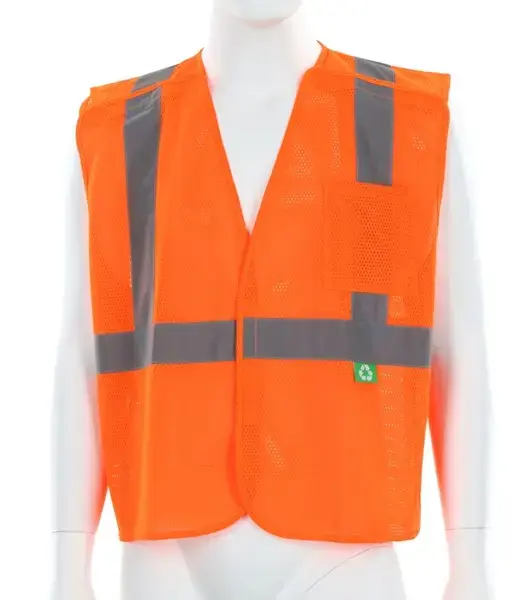
Conclusion
Evaluating the production capacity of reflective vest suppliers is a comprehensive and systematic process, involving qualification certification, material technology, R&D capabilities, production management, testing system and service system. For international wholesale buyers, through detailed inspection and evaluation of these key factors, suppliers with reliable production capacity can be accurately screened out, thereby ensuring that the purchased reflective vest products can meet the quality and quantity requirements, be delivered on time, and be competitive in the market. Choosing an excellent reflective vest supplier is not only a successful purchasing decision, but also an important contribution to protecting the life safety and health of global workers.

